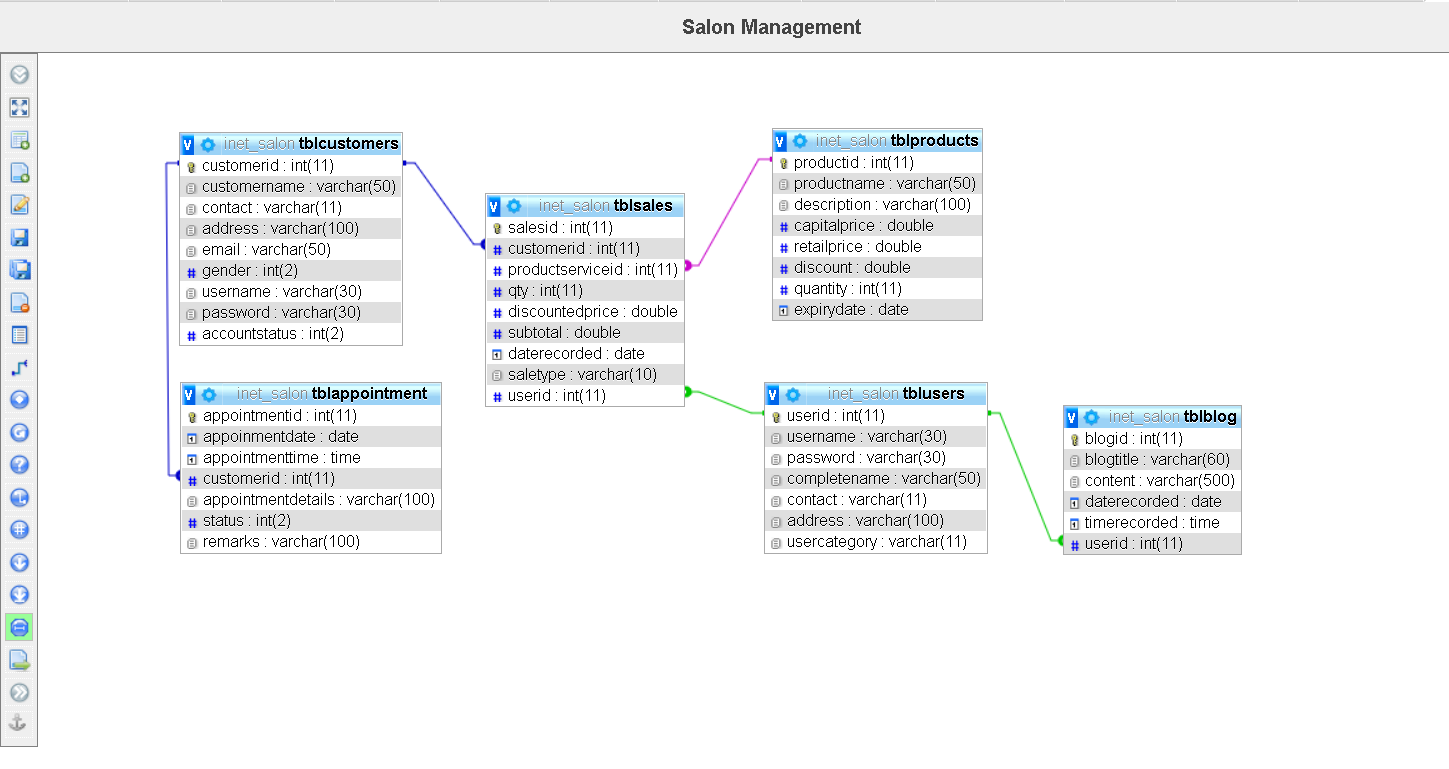Augmented and Virtual Reality Capstone and Thesis Project Ideas
Introduction
Table of Contents
Augmented Reality (AR) and Virtual Reality (VR) are two groundbreaking technologies transforming how we interact with digital content. AR blends digital elements with the real world, enhancing our everyday experiences by overlaying information, graphics, or objects onto our surroundings through devices like smartphones or AR glasses. VR, on the other hand, immerses users in a completely virtual environment, where they can explore and interact with a computer-generated 3D world using VR headsets.
The Importance of AR and VR in Today’s Technology
AR and VR are no longer just futuristic concepts; they are actively shaping various industries. In healthcare, VR provides realistic simulations for medical training, while AR assists surgeons with real-time data during operations. The gaming and entertainment sectors have embraced VR for immersive experiences, while AR is changing the way we shop, allowing customers to visualize products in their own space before buying. Additionally, these technologies are revolutionizing fields like education, real estate, and marketing, offering new ways to engage, educate, and entertain.
Why AR and VR are Exciting for Students
For students, AR and VR offer a unique opportunity to explore cutting-edge technology. These fields are not only innovative but also rapidly growing, presenting numerous possibilities for research and development. Capstone and thesis projects involving AR and VR allow students to tackle real-world problems, create engaging applications, and contribute to the future of digital interaction. By diving into AR and VR, students can gain valuable skills and experience that are highly sought after in today’s tech-driven job market.
Overview of AR and VR Technologies
AR Technology
Augmented Reality (AR) enhances the real world by overlaying digital content onto the physical environment. This means users can see virtual objects, images, or information superimposed on their real-world view through devices like smartphones, tablets, or AR glasses. For example, AR can display navigation directions on a car windshield or allow users to see how a piece of furniture would look in their living room. The key feature of AR is its ability to blend digital elements seamlessly with the real world, making interactions more engaging and informative.
VR Technology
Virtual Reality (VR) creates a fully immersive experience by placing users in a completely virtual environment. Using VR headsets, users can explore and interact with a 3D world that feels real but is entirely computer-generated. VR transports users to different places or scenarios, such as virtual classrooms, fantasy landscapes, or even space, allowing them to interact with this environment as if they were physically present. The immersive nature of VR makes it ideal for simulations, training, and entertainment, providing experiences that are otherwise impossible or impractical in the real world.
Tools and Platforms
Developing AR and VR applications requires specialized tools and platforms. Some of the most popular options include:
– Unity: A versatile game engine widely used for creating both AR and VR experiences. It offers a range of features and plugins for developers to create immersive content.
– Unreal Engine: Another powerful game engine known for its high-quality graphics, Unreal Engine is popular in the development of VR experiences and is increasingly being used for AR projects.
– ARKit: Developed by Apple, ARKit is a framework that allows developers to create AR experiences for iOS devices. It leverages the hardware and sensors of Apple devices to deliver seamless AR content.
– ARCore: Google’s AR development platform for Android devices. ARCore provides developers with the tools to build AR apps that work on a wide range of Android devices, offering features like motion tracking and environmental understanding.
These tools and platforms provide the necessary resources to bring AR and VR projects to life, making it easier for developers to create interactive and immersive experiences.
List of Augmented and Virtual Reality Project Ideas
- Virtual Reality Platform for Educational and Learning Purposes
Develop a VR platform that provides immersive learning experiences for students, allowing them to explore complex concepts and subjects in a virtual environment. - Virtual Reality Campus Tour Experience using Unity3D
Create a VR application using Unity3D that allows prospective students to take a virtual tour of a university campus, exploring various buildings, facilities, and landmarks. - Development of Interactive Lesson Material for Biology using Virtual Reality
Design VR content that enables students to interact with 3D models of biological systems, such as the human body or ecosystems, to enhance their understanding of biology topics. - Virtual Reality Project for Diagnostic Imaging
Develop a VR tool that helps medical professionals visualize and interpret diagnostic images, such as MRIs or CT scans, in a three-dimensional space for better diagnosis and treatment planning. - Interactive Museum Tour using Virtual Reality Technology
Create a VR experience that allows users to visit a museum virtually, interact with exhibits, and learn about artifacts and historical events from anywhere in the world. - Application of Virtual Reality in Physics Related Experiments
Develop VR simulations for physics experiments, allowing students to conduct and visualize experiments in a virtual lab, where they can manipulate variables and observe outcomes in real-time. - Virtual Reality Earthquake Drill
Design a VR simulation that trains individuals on how to respond during an earthquake, providing a safe and controlled environment to practice emergency procedures. - Design and Implementation of Virtual Reality Systems for Driving Simulation
Create a VR driving simulator that provides realistic training scenarios for new drivers, helping them to learn safe driving practices and respond to various road situations. - Augmented Reality for Learning Human Body
Develop an AR app that overlays detailed anatomical information onto the human body, allowing users to learn about different organs, systems, and their functions interactively. - ClassAR: An Augmented Reality Classroom
Build an AR application that transforms traditional classrooms into interactive learning spaces, where students can visualize and interact with digital content related to their lessons. - Interactive Hotel Tour through Virtual Reality
Create a VR experience that lets potential guests explore hotel rooms, amenities, and facilities before making a booking, enhancing their decision-making process. - The Use of Virtual and Augmented Reality in the Area of E-commerce
Develop AR and VR applications that allow customers to visualize and interact with products online, providing a more immersive shopping experience that can boost sales. - ARonDGo: AR Mobile Application for E-commerce
Design an AR app that allows users to see how products, such as furniture or home decor, would look in their own space before purchasing them online. - Virtual Reality Based Integrated Traffic Simulation Project
Create a VR simulation that models real-world traffic scenarios, providing a platform for studying traffic flow, congestion, and the impact of new traffic management strategies. - Advanced Navigation and Direction for Tourism using Augmented Reality
Develop an AR navigation app for tourists that provides real-time directions, information about landmarks, and recommendations for nearby attractions. - Augmented 3D Model for Jewelry Shop
Build an AR application that allows customers to see 3D models of jewelry on themselves, providing a virtual try-on experience that enhances the shopping process. - VRHome: A Virtual Reality Experience for the Real Estate Industry
Create a VR application that allows potential homebuyers to take virtual tours of properties, exploring different layouts and designs without having to visit in person. - VRStories: Virtual Reality Story Telling App
Develop a VR app that offers immersive storytelling experiences, where users can be part of interactive narratives and explore different storylines. - Building Virtual and Augmented Reality Museum Tour Experience
Create both VR and AR experiences that offer virtual museum tours, allowing users to explore exhibits interactively and gain deeper insights into art and history. - Augmented Reality Home Assistant
Design an AR home assistant app that helps users with daily tasks, such as setting reminders, finding lost items, or providing step-by-step instructions for household chores.
These project ideas explore various applications of AR and VR across different fields, offering innovative solutions that enhance learning, training, entertainment, and more.
Challenges and Considerations in AR and VR Projects
Technical Challenges
Developing AR and VR projects comes with several technical challenges. One major issue is the hardware requirements; both AR and VR need high-performance devices to run smoothly, which can be expensive. Latency is another critical factor, as even slight delays in response can break the immersion or cause discomfort to users. Content optimization is also essential to ensure that applications run efficiently on various devices, providing a consistent experience regardless of the hardware.
User Experience
User experience is a crucial aspect of AR and VR projects. Developers must ensure that users are comfortable while using these technologies. In VR, motion sickness can occur if there is a mismatch between what the user sees and what their body feels. This can be minimized by optimizing the frame rate and reducing latency. For AR, designing intuitive interfaces that blend seamlessly with the real world is important, ensuring users can interact with digital elements naturally without confusion.
Ethical Considerations
AR and VR projects must address ethical concerns, particularly around privacy and data security. These technologies often require access to cameras, location data, and other sensitive information, which must be handled responsibly to protect users’ privacy. Additionally, the psychological impact of immersive experiences should be considered. Developers need to be aware
Conclusion
Future of AR and VR
The future of Augmented Reality (AR) and Virtual Reality (VR) looks incredibly promising, with rapid advancements on the horizon. As technology continues to evolve, we can expect to see more realistic and immersive experiences, improved hardware with higher resolution and better sensors, and more accessible AR and VR devices. These technologies will likely play an even larger role in industries such as education, healthcare, entertainment, real estate, and e-commerce, transforming how we learn, work, and interact with the world. The integration of AR and VR with other emerging technologies, like artificial intelligence and 5G networks, will open up new possibilities for creating even more engaging and interactive experiences.
Encouragement to Innovate
AR and VR offer a vast landscape for innovation, providing exciting opportunities for students, researchers, and developers to make a significant impact. As these fields continue to grow, the demand for creative solutions and new applications will increase. By exploring AR and VR, individuals can contribute to shaping the future of these technologies, addressing real-world challenges, and enhancing the way we experience the digital world. Now is the perfect time to dive into AR and VR, as they offer endless possibilities for innovation, creativity, and making a difference in various aspects of our lives.
You may visit our Facebook page for more information, inquiries, and comments. Please subscribe also to our YouTube Channel to receive free capstone projects resources and computer programming tutorials.
Hire our team to do the project.


